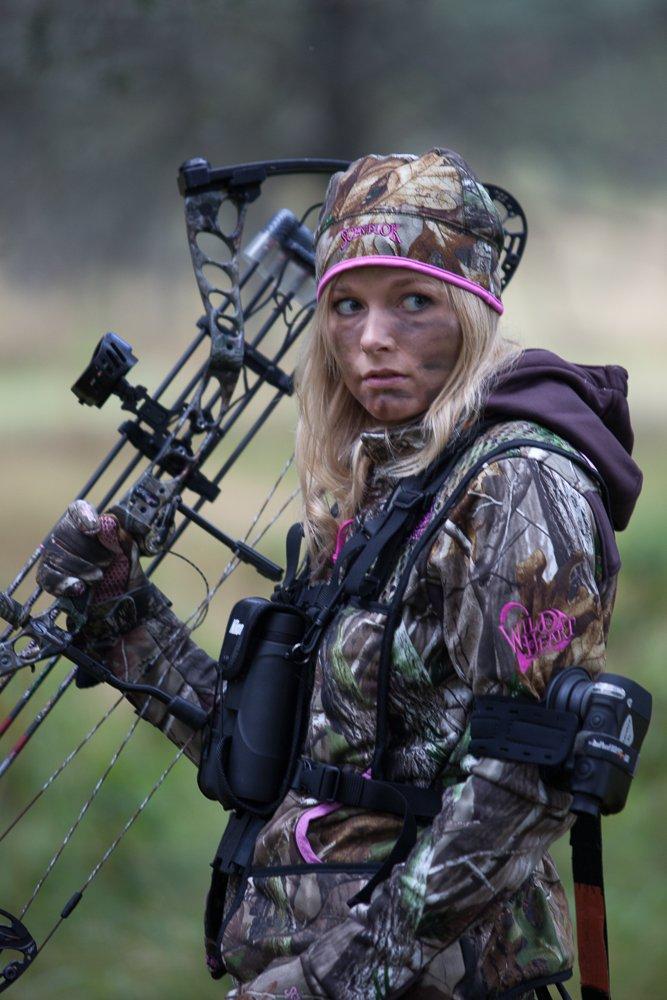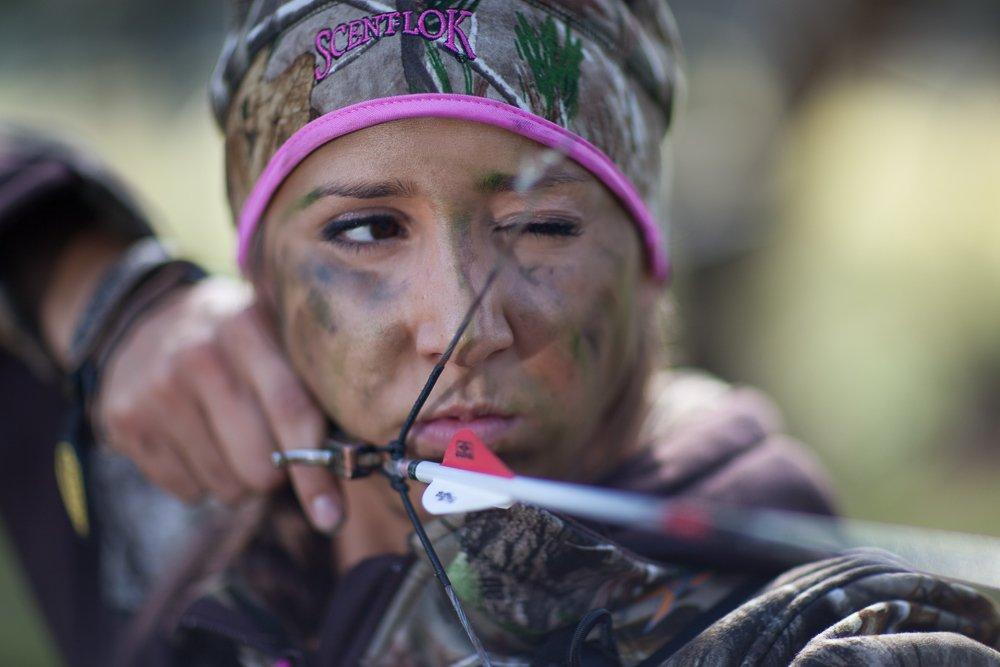It Ain't Always Pretty.
All of your effort ahead of a hunt is for nothing if you can't make the shot. And yet, so many bowhunters fall apart once a deer is finally in range. Here's a look at five in-range bowhunting mistakes
It happens all the time. Jimmy The Bowhunter climbs into his treestand, completely confident of his ability. He's been drilling silver dollars at 20 yards all summer long. Then a nice buck pops into view. Suddenly, his pulse quickens, and he readies for the shot. The drawing of his bow, the aim, exactly where the deer is standing - it all becomes a blur. Jimmy fires the arrow and hears nothing but a loud clattering of carbon zinging through limbs and leaves. A clean miss. And Jimmy The Bowhunter is baffled.
This story captures what so many bowhunters go through every fall. A feeling of confidence one moment and utter disappointment the next. Why the sad outcome? Well, there are several potential reasons. But here's a look at five of the most common reasons bowhunters miss.
1. POOR SIGHT PICTURE

Align the peep sight correctly, either by centering the pin within it or by aligning it with your sight's guard (this is why pin guards on most modern sights are round). The same goes for the anchor. Be sure to feel a light pressure of the hand against your cheek, nothing more. If you don't consciously think about these things, you can easily foul up the shot. Take the extra second or two to do this and you'll get to follow more blood trails.
Also, when aligning the peep sight, be sure to take a quick glance at your sight's level bubble. Train yourself to do this in a split second, so you're holding the bow perfectly plum for top accuracy.
If your sight's fiber-optic pins seem hazy during lowlight shooting, you may want to experiment with different aiming beads to enhance the shooting experience. This alone could cause a blown attempt. Larger peeps, such as one with a 3/16-inch orifice, are ideal for whitetail hunting, as are peeps with special light-enhancing coatings.
The same goes for sight pin size. Don't go too small, such as .019-inch size, which is best suited for long range shooting in good light. Larger beads like .029 or .039-inch are easier to see since they create more fiber illumination during that critical dusk/dawn period.
2. POOR FORM

Most bowhunters still mess it up. They swing their bow-arm and bow downward, then pull the bow back to shoot when the sight it close to the target. This places the bow hand close to the leg and twists the torso incorrectly, jeopardizing accuracy.
The same technique is critical for extreme up- and downhill shots, like those encountered out West. However, these scenarios are even more challenging due to uneven terrain where you must position your feet when shooting. To execute these shots well, experiment ahead of time with various shooting stances and determine what position works best for maintaining accuracy.
In many cases, depending on the severity of the shooting angle, you may need to bend your uphill or downhill knee to maintain proper stability and comfort of your body.
3. BAD SHOOTING LANE
Assess your best shooting lanes long before a buck appears, and also visualize possible secondary shooting spots. These shot windows may not be as "wide open" as others, but deer will often stop just shy of the best shooting areas, leaving you with the possibility of threading the needle, which may or may not be wise to do.
Since it's harder to think well when adrenaline is clouding the brain, it's recommended to visualize all shooting possibilities ahead of time so you can act more decisively when the moment of truth comes.
This is critical because certain shooting lanes may look good with a quick glance, but actually contain lots of tiny obstructions that appear fuzzy when viewed with a binocular downrange. If this is the case, check it off your list as a zone to shoot through. Look for better possibilities and wait for the right shot.
4. TOO BULKED UP
Very few bowhunters actually practice in the clothes they intend to hunt with, or at the start of dawn, when weather is damp and chilly. Yet, out hunting, these are standard conditions.
Beyond shooting in normal layered or insulated hunting garments, be sure to shoot with thin gloves, face mask and your normal bowhunting hat. Do this at least once a week or twice a week during the two months leading up to opening day.
If accuracy problems arise during these drills, then a few wardrobe changes may be in order. In this case, overly bulky clothes are usually the problem. If so, then go with thinner fabrics that can be layered or use an extra-long arm guard and chest protector to streamline those sections of your bow arm and chest where the bowstring travels
5. RUSHING IT
Certainly, this is the biggest error in bowhunting. Rushing isn't necessarily a bad thing, but it becomes a major evil when it begins overriding other crucial phases in the shooting process. The key is to slow down and to systematically check your way through the shooting procedure.
This means, when a deer pops into view, you should certainly rush to get the bow in your hand and body in position without alerting the deer. But once you're set, take time to remember the basics. Tell yourself, "OK, time to think about step A, step B," and so on.
This is where a good pre-shot checklist is crucial. Your list should begin with simple questions like, "Is the shot clear?" "Is the deer at a good angle?" "Are the animal's eyes obscured enough to safely draw the bow?" and so forth. Once a good shot is determined, next is to check off the other critical factors, such as obtaining exact shooting distance, ensuring a clear path for the arrow's arc, anchoring solidly and aligning the peep/sight, relaxing the bow hand, picking a spot and aiming and aiming until the arrow hits.
Details are a large part of successful bowhunting. The more attentive you are to them, the better off you'll be. The formula to success really isn't all that complicated. Basically, it boils down to good shooting form, a realistic practice routine (simulating hunting conditions), visualizing possible arrow-path problems, adopting a proven pre-shot checklist, and learning the art of patience. Do this and you'll prevent simple shooting mistakes from ruining your next chance.
Click here for more deer hunting stories and how-to's.
Check us out on Facebook.
Editor's note: This was originally published on August 8, 2013.








